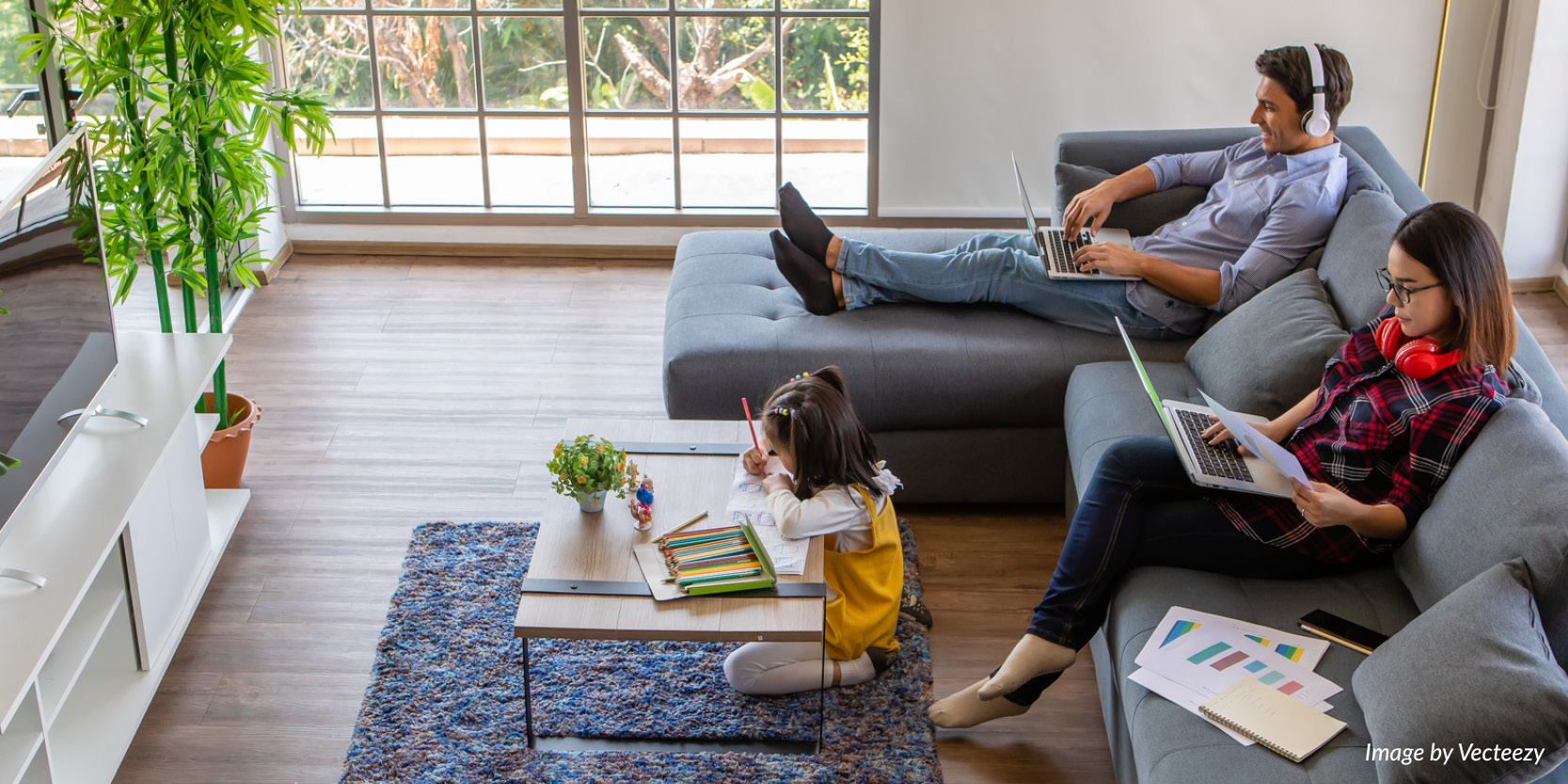Irene is Technical Director (Building Services) in Beca and Section Head for the Centre of Excellence (CenEx) team in Beca Singapore. She heads a team of environmentally-sustainable design (ESD) engineers in carrying out Green certification projects (such as Green Mark, LEED and GBI); building condition audits and diagnostics; technical due diligence; design reviews; and feasibility studies. She is a Green Mark Advanced Accredited Professional and Singapore Certified Energy Manager, and has successfully completed more than 80 Green Mark projects. She was also involved in several R&D projects funded by Economic Development Board (EDB) as Principal Investigator and Industry Collaborator, as well as other R&D collaborations with the University of California, Berkeley and Nanyang Technological University. She is currently one of the adjunct lecturers for the Green Mark Accredited Professional (GMAP) course conducted by the Building and Construction Authority (BCA) Academy.
How will lessons from the health crisis impact ESD in the future?
The global pandemic will leave severe impacts worldwide affecting how buildings will be built and operated in the future. The architectural, interior, mechanical and electrical systems provisions of existing and new buildings will need to learn from this situation. Inevitably, ESD will also need to consider improvements to a sustainable and healthy environment in any situation.
A good sustainable building design should be flexible and adaptable to suit end-users’ daily functional needs and accommodate changes when the need arises, without major disruption for upgrading or renovation works. The design for open plan, shared facilities and community engagement spaces will need to be redefined to consider how these spaces could still be functional in order for business operations to continue, without risking occupants’ health. It is inevitable that expenses on electricity and water will rise during lockdown situations with people staying at home. Residential developers could consider how renewable energy could play a part to offset the high energy expenses incurred. For example, residential buildings could be equipped with non-potable water (NEWater or on-site water recycling) for toilet flushing to decrease potable water consumption.

Do you think the open-plan design will still be popular after the pandemic is over?
The design for open-plan spaces will still be popular as this improves staff productivity on a daily basis, and encourages interaction and communication to build good working relationships. Nevertheless, a few improvements could be put in place to increase flexibility within the open plan. A modular office layout, for example, may be a viable option. Instead of having long single-piece tables, opt for modular pieces that allow for greater mobility. Partitions, office furniture and work desk equipment could be made movable to facilitate easy reconfiguration. Smart-building features such as automatic switches for lights and air-conditioning would reduce energy wastage when spaces have to be temporarily closed.
In Asia, living in high-rises in high-density cities is more common than living in single houses. How does that affect the spread of air-borne viruses?
A landed house is obviously a more controlled environment than mass living spaces, thus curbing the spread of the virus more easily. In a mass living building, however, you may need to touch the entry gates and the elevator buttons, which might have been touched by hundreds of other people. There are also the shared facilities in private residential buildings such as playground, function rooms and gymnasium. They could be contamination points if proper sanitising measures are not carried out regularly.

To what extend does technology help prevent the spread of viruses?
Indeed, the advancement of technology can help prevent the spread of viruses as it allows early detection and prevention. It would come as no surprise if this technology in the near future will be integrated with facial recognition for easy tracking and tracing. Also, we can see how Geographic Information System (GIS) coupled with attribute data is already helping to inform the community about spatial capacity for social distancing, to avoid overcrowding and to reduce the risk of virus spread in public places.
How do you design a home that is suitable for the work-from-home scheme?
In the long run, if people start working from home consistently, commuting will be reduced, so will the traffic congestion, carbon emissions and fuel consumption. Companies can look into reorganising their spaces to save cost on rental and reduce operating costs. Of course, we have to realise that not all businesses could operate from home, such as hospitality and recreational service providers. To accommodate work-from-home schemes beyond the pandemic situation, community accessibility should be planned within residential developments, so that amenities such as grocery shops, healthcare, childcare and exercise facilities are accessible within walking distance. In addition, homes must be equipped with good connectivity and sufficient power outlets for mobility. Good indoor environmental quality must be assured, including well-ventilated spaces, daylighting, as well as direct visual connection to the outdoors. Good acoustic design should also be incorporated to reduce noise pollution. A selection of energy- and water-efficient equipment should be prioritised. For example, developers could select an energy-efficient air-conditioning system, such as one with heat recovery, so hot water can be provided simultaneously. – Construction+ Online

 Malaysia
Malaysia Hong Kong
Hong Kong Indonesia
Indonesia Tiếng Việt
Tiếng Việt ประเทศไทย
ประเทศไทย










